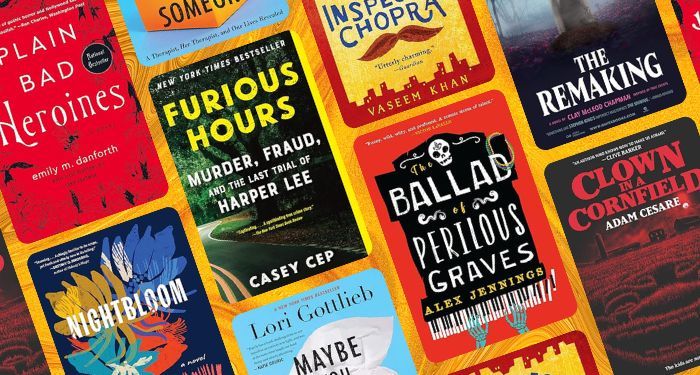These early scenes of “Cat Person” are involving, subtle, extremely well-observed, and extremely well-played by Jones and Braun. From an outside perspective, it’s obvious that these two people probably need to spend a little bit more time in person to see if they like each other. Their relationship played out backwards. The texting was so exhilarating, but in person, she notices little annoying things about him (the same is probably true for him, although “Cat Person” is from Margot’s point of view). All of the scenes between Jones and Braun have the ring of truth. If you’ve dated around, you’ll recognize it. If you’ve gotten swept away by texting with someone, only to have it fall apart in person, you’ll recognize the feelings. Director Susanna Fogel has a light touch and the “fantasy” moments—where Margot tries to picture what Robert does for a living (seeing Braun as a construction worker/grave digger/office drone) or imagines Robert in therapy, talking about this smart, sexy girl he just met—are so human, so funny. It’s a great way to show how the beginning stages of a relationship happen mostly inside your head.
Then, things take a turn. The film swerves into the totally unbelievable, pulling from a grab-bag of horror/erotic thriller tropes, all of which beggar belief. It wouldn’t be so baffling if the source material—Kristen Roupenian’s short story of the same name—weren’t so famous. The ending of the short story comes at around the hour and twenty mark in the film, but “Cat Person” has about 40 minutes to go. Everything that follows is an invention by screenwriter Michelle Ashford, and not only is it cliched, but it dissipates the unnerving power of Roupenian’s story. Why invent so much wild stuff when the short story got such wide play, as anyone who was even partially alive in December 2017 will remember?
On December 4, 2017, “Cat Person” appeared in the New Yorker. In general, short stories don’t generate widespread chatter, but “Cat Person” was different. “Cat Person” went off like a bomb. Within 24 hours, it was all anyone was “talking” (i.e., tweeting) about. I struggled to think of an equivalent. Maybe Annie Proulx’s 1997 story Brokeback Mountain, also published in the New Yorker. Word of Brokeback Mountain spread, too (without social media, even more impressive). Shirley Jackson’s 1948 story The Lottery inspired an unprecedented avalanche of letters from readers. People mistook it for reportage; they didn’t seem to know it was fiction. A reader wrote in: “Are you describing a current custom?” The response to “Cat Person” was similarly confused: people thought it was a personal essay. Context is important: “Cat Person” stalked into the first months of the #MeToo movement, looping itself into the zeitgeist.
























































![Key Metrics for Social Media Marketing [Infographic] Key Metrics for Social Media Marketing [Infographic]](https://www.socialmediatoday.com/imgproxy/nP1lliSbrTbUmhFV6RdAz9qJZFvsstq3IG6orLUMMls/g:ce/rs:fit:770:435/bG9jYWw6Ly8vZGl2ZWltYWdlL3NvY2lhbF9tZWRpYV9yb2lfaW5vZ3JhcGhpYzIucG5n.webp)

















